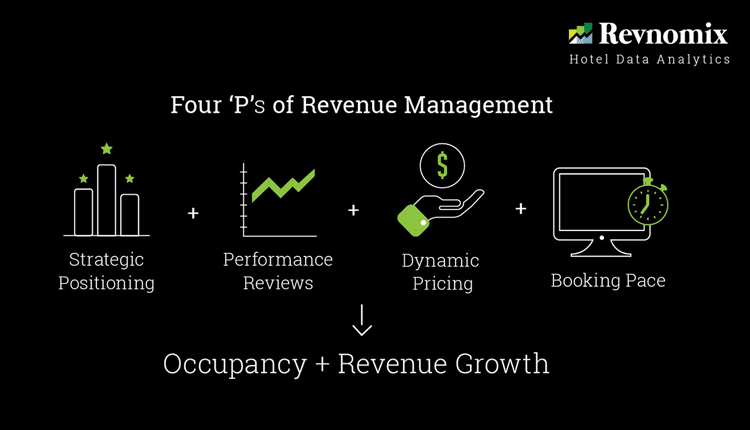In the first part of our 4 part blog series on the key elements of Revenue Management, we had focused on the element of pricing. Pricing is not only the deciding factor for Performance and Profitability but also for determining the value of an asset. Accurately pricing a hotel room based on demand can help the hotel to bridge gaps in its revenue plan. Today we are going to focus on the importance of Positioning and the role it plays in the success of a hotel.
A positioning statement provides an accurate description of your target market segment and paints a concise picture of how you want your hotel brand to be perceived. A well-written positioning statement will act as a guideline for your marketing efforts as well as help maintain focus on the brand’s value proposition. Any product, pricing and marketing decision taken by the senior management has to align with the hotel’s positioning statement.
For a Hotel owner, the hotel is not only an ongoing profit making enterprise but also an asset with a considerable value. Accurate offline and online positioning of the hotel can increase the value of the asset hugely. A hotel, that is correctly positioned across online channel, tends to be booked more frequently than its competitors. Providing updated information like pictures, content and facilities information combined with reviews will improve your hotel’s ranking on online channels. This improved ranking will lead to better positioning and higher bookings and revenues.
Key factors to consider:-
- Take online positioning very seriously: majority of affluent and aspirant guests book online.
- Ensure Hotel is projected in right segment: Hotel, B & B, Specialty Lodging etc.
- The images showcased online should be: high definition, quality images, should display guest experience.
- Replying to reviews: Whether the reviews are positive or negative, the hotel has to respond to them in a prompt manner.
Some of the common pricing strategies that are adopted by hotels are:
- Penetration Pricing: This strategy involves offering the rooms at the lowest prices and attempting to gain the most bookings.
- Equal Pricing: This strategy involves pricing your rooms on a comparable basis to your competitors. The value propositions offered by each hotel will ultimately decide the customer’s purchase decision.
- Surrounding Pricing: This strategy involves selling the first room type at the cheapest rate and pricing the other room categories similar to the rates offered by the competitors.
- Skimming Pricing: This strategy involves pricing your rooms as the most expensive in the market and catering to the target market segment which is not price conscious but value conscious.
In our next blog post, we will focus on Booking Pace and its relevance to the Revenue and Asset Management process of a hotel.






